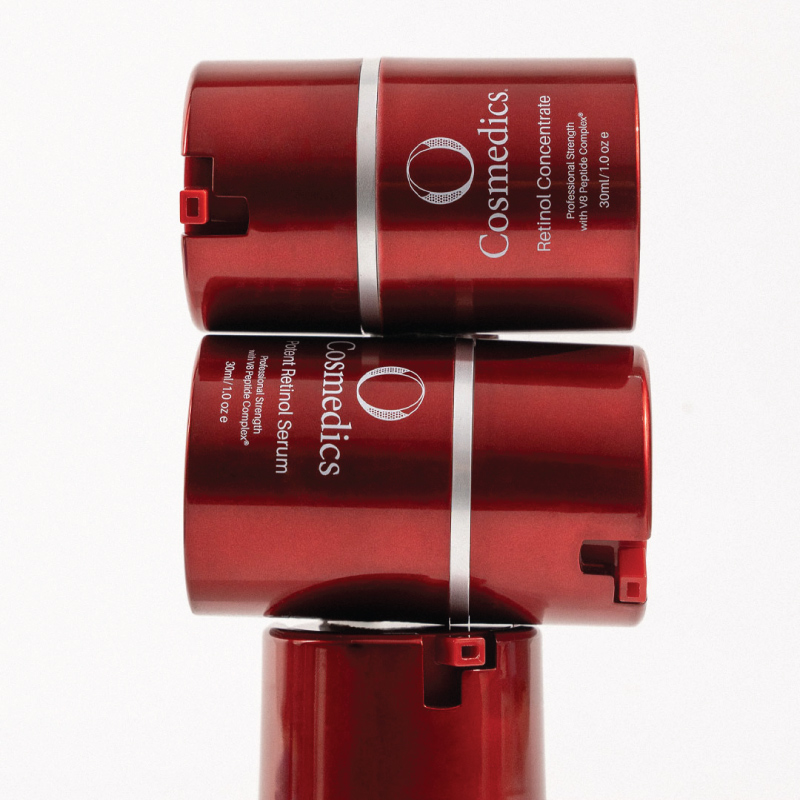A thighplasty, or thigh lift, can restore smoother, firmer contours by removing loose skin and reshaping the thighs, helping clothes fit better and improving comfort. It often boosts mobility, especially for those who have lost significant weight.
Brachioplasty Key Points
- Removes excess skin from the thighs to create a smoother, firmer contour.
- Best for patients after major weight loss or with significant skin laxity.
- Incisions may be in the groin crease or down the inner thigh, depending on how much skin needs to be removed.
- Recovery takes several weeks, with most patients resuming normal activities by 4–6 weeks.
- Scars are permanent but fade over time, often hidden in natural creases where possible.
Thighplasty Surgery at a glance
Our results speak for themselves
FAQs
What is thighplasty surgery?
Thighplasty, or thigh lift surgery, is a procedure that reshapes the thighs by removing excess skin and fat, improving contour, firmness, and overall proportion.
The surgery usually involves incisions placed along the inner thigh or groin crease, through which excess skin and fat are removed and the remaining skin tightened for a smoother contour.

What results can I expect from thighplasty surgery?
After an thighplasty (thigh lift), you can expect the following results:
- Smoother, firmer thighs with less sagging skin
- Improved contour and proportion of the inner and/or outer thighs
- Reduction of excess skin folds, especially after significant weight loss
- Clothing fits more comfortably
- Improved skin tone and elasticity in the treated area
- Permanent results, provided you maintain a stable weight and healthy lifestyle
- Visible scars (usually hidden in the groin crease or inner thigh) that fade over time but do not disappear completely
It’s important to remember that individual results vary and results improve over time as swelling decreases.
Who is a good candidate for thighplasty?
To be suitable for body contouring surgery, such as a thighplasty, you should be a fully developed adult who is in good overall health save for having excess skin. You should have reached your weight loss goal and successfully maintained it for at least three months – body contouring does not stop the skin from stretching with future weight gain. If you are female, you should not plan to have any more children.
What areas of the thighs can be treated?
A thigh lift can address the inner thighs, outer thighs, or both, depending on your needs and surgical plan.
What types of incisions are there for a thighplasty?
For thighplasty (thigh lift), the type of incision depends on how much excess skin and tissue needs to be removed:
- Inner Thigh (Crescent/Groin Incision): A short incision placed in the groin crease. Best for patients with mild to moderate skin laxity. Scar is hidden in the fold.
- Vertical Thigh Incision: Runs down the inner thigh from the groin toward the knee. Used for more significant skin removal. Provides greater tightening but leaves a more visible scar.
- Combined (Groin + Vertical): A combination of both incisions for extensive reshaping after major weight loss.
- Outer/Posterior Thigh Incision: Less common, but can extend from the groin or buttock crease around the outer thigh for patients with sagging skin in that area.
In summary: smaller lifts use hidden groin incisions, larger lifts may need a vertical scar for better results.
Will liposuction be included?
In many cases, liposuction is combined with thighplasty to remove stubborn fat deposits before tightening the skin. Our plastic surgeon, Dr Bangash, will recommend the best approach for you.
Why choose Cutis Clinic?
Our plastic surgeon, Dr. Bangash, completed his specialist training in plastic surgery in the United Kingdom and has been practicing in Australia since 2011.
Choosing a plastic surgeon for thighplasty ensures specialized expertise in aesthetic and reconstructive surgery. They are skilled in body contouring, minimizing scarring, and achieving natural-looking results.
Dr. Bangash brings a deep commitment to high-quality, patient-centred care, with a focus on safety, informed consent, and optimal aesthetic outcomes.
What is the recovery time after thighplasty surgery?
Most patients need 2–3 weeks off work and should avoid strenuous activity for 4–6 weeks. Swelling and bruising are normal early on, and results continue to refine over several months.
Products

O Cosmedics SPF range
$54.00-$64.00

O Cosmedics retinol range
$102.00-$139.00
Our plastic surgeon has over 20 years of expertise in the field of brachioplasty surgery. Rest assured the results that you receive will be the most natural to your body.
How painful is thighplasty surgery?
Most patients describe it as soreness and tightness rather than severe pain. Discomfort improves steadily over the following weeks, with most people feeling much more comfortable by 4–6 weeks.
What type of anaesthesia is used?
Thighplasty is usually performed under general anaesthesia, meaning you’ll be asleep and comfortable during the procedure.
What scars will I have after thighplasty?
Scars are usually placed along the inner thigh or groin fold and fade over time, but they are permanent. Skilled surgical techniques help make them as discreet as possible.
How long does thighplasty surgery take?
Thighplasty surgery usually takes 2 to 3 hours, depending on the amount of excess skin being removed and whether both inner and outer thighs are treated. More complex cases, such as after major weight loss, may take longer.
How long do results last?
Results from thighplasty are long-lasting, especially if you maintain a stable weight and healthy lifestyle. Natural aging will still occur but improvements are permanent.
Is a thighplasty a weight loss procedure?
Body contouring surgeries, such as a thighplasty, are not intended to provide weight loss. Though your overall weight may reduce when sections of skin are removed, you are unlikely to experience dramatic changes and should reach your goal weight before undergoing body contouring surgery.
What are the risks of thighplasty?
As with any surgery, risks include bleeding, infection, poor wound healing, scarring, asymmetry, or changes in skin sensation. Choosing a qualified plastic surgeon reduces these risks.
Is thighplasty covered by Medicare or insurance?
In most cases, thighplasty is considered cosmetic and not covered. However, if surgery is required after massive weight loss and meets strict medical criteria, some hospital costs may be partially covered.
How much does thighplasty cost in Australia?
Costs vary depending on the complexity of surgery, hospital and anaesthetic fees, and whether liposuction is included. In Australia, prices generally range from $7,000–$10,000, not including additional expenses such as hospital stay or compression garments.


